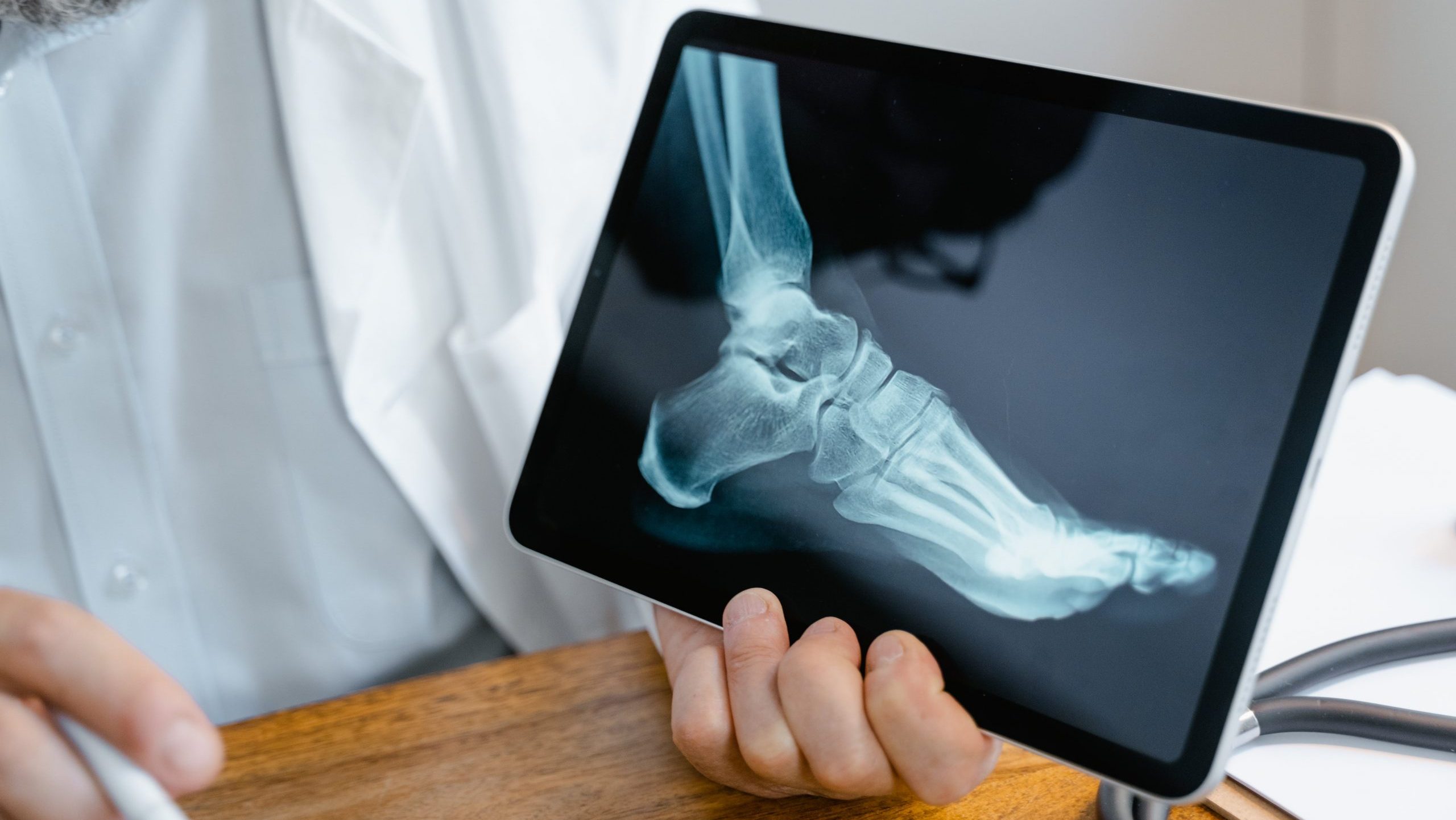SINGAPORE: In the past, bunion sufferers often faced traditional, open surgery as the primary means of correcting the painful foot deformity. However, recent advancements in medical technology have brought forth a less invasive alternative that offers shorter operation times, faster recovery, and significantly smaller scars.
A handful of hospitals have said that they had performed more than 60 similar surgeries in the past six months. However, doctors can only introduce the system through a special process, as the Health Sciences Authority (HSA) is still evaluating the components used in the surgery.
One of the patients who have undergone the new surgery is a 44-year-old former flight attendant who developed bunions due to the long hours she had to stand while on the job. She had the traditional surgery on her left foot last year and ended up with a 5cm scar.
This year, she chose to undergo a new procedure for her right foot and only sustained a minor scar spanning just a few millimetres. The recovery time after the surgery on her left foot took one to two months, while she recovered after the second surgery on her right foot in just a few days.
The ex-flight attendant told Channel 8 news that although minimally invasive surgery is more expensive, the short recovery time and smaller scars make it worth it.
She said: “Open surgery required a lot of assistance, and I had to have help showering and going to the toilet and eating. After the minimally invasive surgery, I was able to walk again on the third day of hospitalization.”
Apart from the obvious cosmetic benefits, this innovative procedure offers advantages in terms of recovery and the risk of infection. The smaller incision leads to quicker drying of the wound and reduces the likelihood of bacterial infections.
However, the availability of this surgery in Singapore is currently limited as the HSA continues its evaluation.
The procedure consists of two primary components: the implant and the instrument, with HSA confirming that it is currently reviewing the implant. Meanwhile, the company responsible for the procedure is expected to submit an application for device registration.
While awaiting this process, doctors can introduce the system through a special procedure, provided they exercise their professional judgment and obtain informed consent from patients before using unregistered medical devices.
Currently, minimally invasive bunion surgery is only offered at two public hospitals in Singapore: the Singapore General Hospital and the National University Hospital.
Physiotherapists suggest that one to two patients suffering from painful bunions visit them each month, with middle-aged women being the majority of cases. Typically, it takes around two months and regular weekly follow-up visits for patients’ conditions to improve. However, in cases of severe joint damage or displacement, surgery may be necessary.
Physical therapists also recommend non-surgical interventions, such as wearing appropriate shoes and using insoles to alleviate foot discomfort and improve the condition. These less invasive options are particularly important in addressing bunions before they reach a stage requiring surgery.

